Author: Law, Hedy
Publication details: The Opera Quarterly 32, no. 1 (2016): 5-28.
Weblink: https://academic.oup.com
Author: Law, Hedy
Publication details: The Opera Quarterly 32, no. 1 (2016): 5-28.
Weblink: https://academic.oup.com
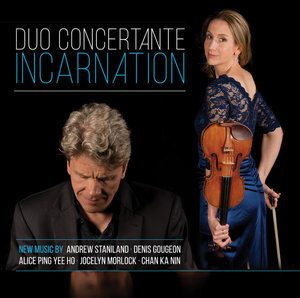
Ensemble: Duo Concertante
Performers: Nancy Dahn violin, Timothy Steeves piano
Featured composition: Petrichor by Jocelyn Morlock
Recording details: Marquis, 2017
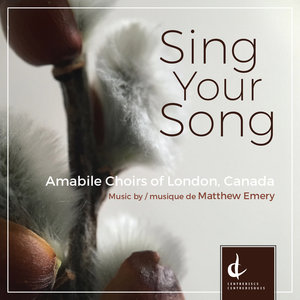
Ensemble: Amabile Choirs of London, Canada
Composer: Matthew Emery
Recording details: CMC Centrediscs, March 3 2017
Link
Artists: Mark Anderson
Recording details:
Julius Röntgen (1855-1932) was both a composer and a gifted pianist who composed more than 600 compositions.
Recent renewed interest in Röntgen has revealed many treasures still waiting to be awakened in the Röntgen Archives (Den Haag, Netherlands).
Alongside a huge series of unknown string quartets, string trios, piano trios and symphonies there are some thirty piano sonatas and numerous other works for piano from 1922-1932 alone. Röntgen started and ended his creative life as a piano composer.
Nimbus Records, 2017
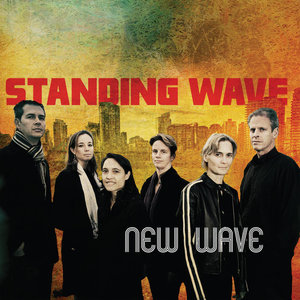
Ensemble: Standing Wave
Performers: Christie Reside flutes, A-K Coope clarinets, Rebecca Whitling violin, Peggy Lee cello, Allen Stiles piano, Vern Griffiths percussion.
Recording details: Redshift Records, 2017
Recording Engineer: Will Howie (BMus’04)
Produced by: Will Howie and Standing Wave
Featured work: Emmy Noether Michael Oesterle (BMus’92)
Pots ‘n Pans Falling Edward Top
Link
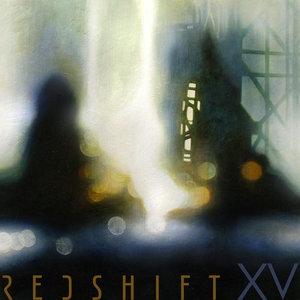
Type: Compliation
Recording Details: Redshift Records, January 21 2017
Ensembles: PEP (Piano and Erhu Project), Standing Wave, Saxophilia
UBC Music Performers: Corey Hamm piano
Paolo Bortolussi flute
Christie Reside flute
Vern Griffiths percussion
Julia Nolan soprano sax
Mark McGregor (DMA’12) flute
UBC Music Composers:
Keith Hamel, Benton Roark
Link
Author: Fisher, Alexander
Publication details: Zeitschrift des Historischen Vereins für Schwaben 109 (2017): 85-95.
Weblink: http://digital.bib-bvb.de/
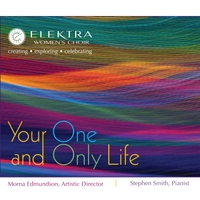
Ensemble: Elektra Women’s Choir
Morna Edmundson, Artistic Director
UBC Music Performers: Julia Nolan (on Valkyrie by Kristopher Fulton)
Recording details: Elektra Women’s Choir, 2017
Link
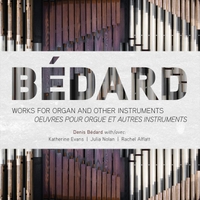
UBC Music Performers: Julia Nolan saxophone
Appearing on:
Two pieces for saxophone and organ
Sept Vocalises – soprano saxophone and organ
Sonate III – alto saxophone and organ
Recording details: Editions Cheldar, 2017
Link
Author: Fisher, Alexander
Publication details: Journal of Jesuit Studies 3, no. 3 (2016): 377-97
Weblink: https://brill.com
Abstract: The present essay considers the Jesuits’ relationship to musical culture along the confessional frontier of Germany, where the immediate presence of religious difference led to an explicit marking of space and boundaries, not least through visual and aural media. While Jesuit reservations concerning the appropriate use of music were always present, individual churches and colleges soon developed ambitious musical practices aimed at embellishing the Catholic liturgy and stimulating religious affect. The present essay traces a gradual shift in Jesuit attitudes toward music between roughly 1580 and 1650, showing steady growth in the Society’s use of musical resources in churches, colleges, hymnbooks, processions, and theatrical productions in the confessionally-contested German orbit.
The origins of the well-worn phrase “jesuita non cantat” (a Jesuit does not sing) remain obscure, but it is clear that recent decades have seen a new upsurge of scholarly interest in Jesuit music.1 It is especially instructive to consider the Jesuits’ relationship to music close to the confessional frontier of the Holy Roman Empire, where the immediate presence of confessional difference led to an explicit marking of space and boundaries, not least through visual and aural media. It was in this region, perhaps, that traditional Jesuit objections to the use of music were most quickly challenged, and the immediate example of Lutheran polyphony and hymnody—note Adam Contzen’s (1571–1635) remark in his Politicorum libri decem (1621) that “the hymns of Luther have killed more souls than his writings or declamations”—likely encouraged Jesuits in the German theatre to reach for music more readily than elsewhere.2
Despite continued official admonitions against the (over)use of music, evidence begins to mount in the 1580s for a more pragmatic and liberal use of music in various Jesuit residences north of the Alps. Drawing on recent research in the German orbit, this essay traces a general shift in Jesuit attitudes toward musical practice between roughly 1580 and 1650 in the contested territories of the empire. Several elements of this shift will be considered: the gradual expansion of musical resources in Jesuit churches, colleges and congregations; Jesuit initiatives in the production of hymnbooks that offered orthodox alternatives to Protestant hymns and psalms in the vernacular; and the Jesuits’ public projection of Catholic ideology by means of elaborate processions and theatrical productions involving both visual and aural media. Despite persistent reservations about the propriety of music among some Jesuits, these phenomena suggest a growing role for music as a resource for sensuous affect and confessional polemic in the contested geography of the Holy Roman Empire.